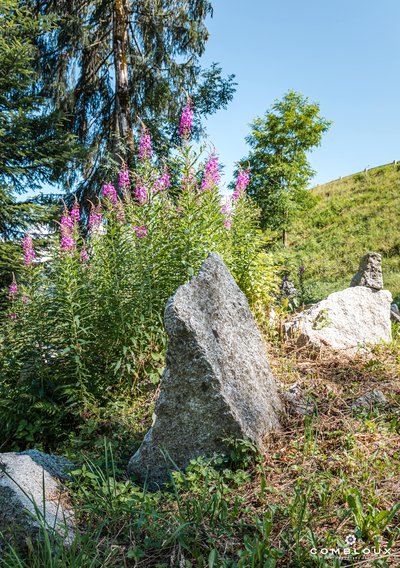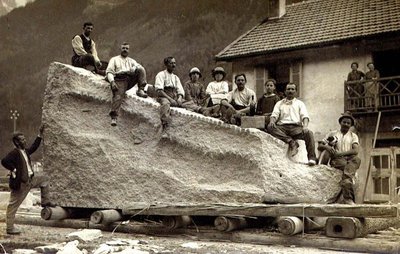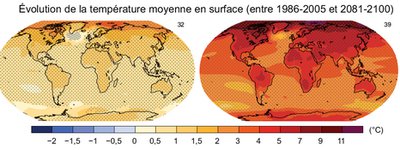The Graniteurs paths

Combloux
The Graniteurs paths
Very easy
1h30
1km
+32m
-31m
Embed this item to access it offline
"The real voyage of discovery consists, not in seeking new landscapes, but in having new eyes." (Marcel Proust, The Prisoner)
4 points of interest

@MMARTIN-OT-Combloux 
Migrating glaciers
Glacial erratics are blocks of rock that have been ripped from mountainsides and moved by melting glaciers, sometimes over long distances. Often very different from the surrounding rocks, these isolated blocks testify to the effects of global warming. They can also be used to retrace the extent and flow direction of glaciers during the Ice Age. These blocks are not the same as moraines, which are the result of the accumulation of rocks and sediments around glaciers.
@ChristineBurnier 
A historic undertaking
These glacial erratics were mined and used in the construction of buildings. After the 1840 fire in Sallanches, many of the erratics from the surrounding area were used to make stones for funeral monuments, pavements, door and window frames, basins and millstones, many of which were exported to as far away as Israel and Algeria. Take this walk and retrace the history of Piedmont's quarrymen in the 19th century.
@Jean-BaptisteBosson  Geology
GeologyGeological periods from the Holocene to the Anthropocene
The stabilisation of the climate during the Holocene (the name given to the geological period of the last 12,000 years) has given the landscape its current form, notably through the spread of plant, animal and human colonies. The boundary between the mineral landscape (rocks, glaciers, lakes, etc.) and the vegetation fluctuates in line with slight climatic changes. The global warming that is currently taking place is a rapid process that is remarkable on the scale of geological time. As a result of human activity, it will continue and probably intensify over the coming decades. The Alpine landscape, which has already undergone major changes since 1850, will continue its fundamental transformation, with an unusual overgrowth of vegetation and ecological crises in the most elevated areas. Human influence on the environment and climate is having such an impact that we are now entering a new geological period: the era of humankind, the Anthropocene. To find out more "http://www.cen-haute-savoie.org/sites/contamines/crise”
@MMARTIN-OT-Combloux 
Heritage worth preserving
Today's landscape has been shaped by many different factors over the course of its long history. Constantly evolving, it is the result of ongoing processes affecting its mineral and biological development and, more recently, the consequence of human activities. Its dynamics, diversity, richness and fragility make it truly priceless. This landscape is your legacy! Admire mountain flowers instead of picking them, follow marked trails instead of trampling on natural habitats, watch the chamois from a distance instead of chasing them: sustainable tourism brings together the opportunity to experience nature and the need to protect it.
Description
The path is located at the entrance to Combloux from Sallanches, in the ZAC (mixed economic area) of Plan Mouillé. Follow the information signs, starting on the left.
- Departure : 2nd turn in the "ZAC de Plan Mouillé"
- Arrival : 2nd turn in the "ZAC de Plan Mouillé"
- Towns crossed : Combloux
Altimetric profile
Recommandations
This trail was created by Asters-CEN74 with the participation of the Combloux Tourist Office and the glaciologist Jean-Basptiste Bosson.
Transport
Access and parking
2nd turn in the “ZAC de Plan Mouillé”, Route de Sallanches 74920 Combloux.
Parking :
Route de plan Mouille 2nd turn
Report a problem or an error
If you have found an error on this page or if you have noticed any problems during your hike, please report them to us here:
